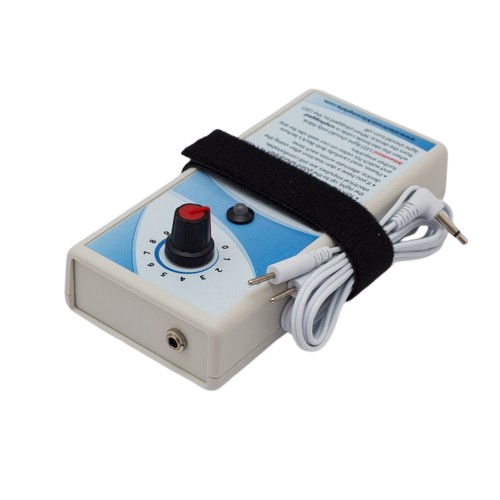Functional Electrical Stimulation
Functional Electrical Stimulation (FES): Functional Electrical Stimulation (FES) is a technique that uses electrical currents to stimulate nerves and muscles to restore or improve function in individuals with neurological or musculoskeletal impairments. It involves the application of controlled electrical pulses to specific nerves or muscle groups, aiming to produce functional movements or contractions.
FES can be used in various ways to address different conditions and functional goals:
Upper Extremity Rehabilitation: FES can be utilized to improve hand and arm function in individuals with conditions such as stroke, spinal cord injury, or brachial plexus injury. By stimulating the appropriate muscles, FES can facilitate reaching, grasping, and other functional movements.
Lower Extremity Rehabilitation: FES can assist with walking and lower limb function in individuals with conditions such as foot drop, multiple sclerosis, or spinal cord injury. By stimulating the appropriate leg muscles, FES can help lift the foot during the swing phase of walking and improve overall gait patterns.
Bladder and Bowel Control: FES can be used to stimulate the nerves that control bladder and bowel function. It can help individuals with conditions such as urinary incontinence or neurogenic bowel dysfunction regain or improve control over these bodily functions.
Muscle Strengthening: FES can be utilized to enhance muscle strength in individuals with muscle weakness or atrophy due to conditions such as spinal cord injury, multiple sclerosis, or stroke. By providing targeted muscle contractions, FES can help maintain or increase muscle mass and strength.
FES devices typically consist of electrodes placed on the skin or implanted directly into the targeted muscles or nerves. These electrodes are connected to a stimulator unit that delivers controlled electrical impulses. The stimulation parameters, such as pulse duration, frequency, and intensity, can be adjusted to suit individual needs and goals.
FES is often used in conjunction with rehabilitation programs and therapy sessions. It can help individuals regain motor function, improve independence in daily activities, and enhance the overall quality of life. The specific treatment plan and goals will vary depending on the individual’s condition and functional limitations.
It’s important to note that FES should be used under the guidance of trained healthcare professionals, such as physiotherapists, occupational therapists, or rehabilitation specialists. They can assess the individual’s needs, provide appropriate device fitting and programming, and monitor progress throughout the treatment.
If you or someone you know is interested in FES, it’s advisable to consult with a healthcare provider experienced in this technique to determine its suitability, receives proper training, and establish a comprehensive rehabilitation plan.
Please remember that the information provided here is for informational purposes only and should not replace professional medical advice. Always consult with a qualified healthcare provider for personalized information and guidance based on your specific medical condition.
